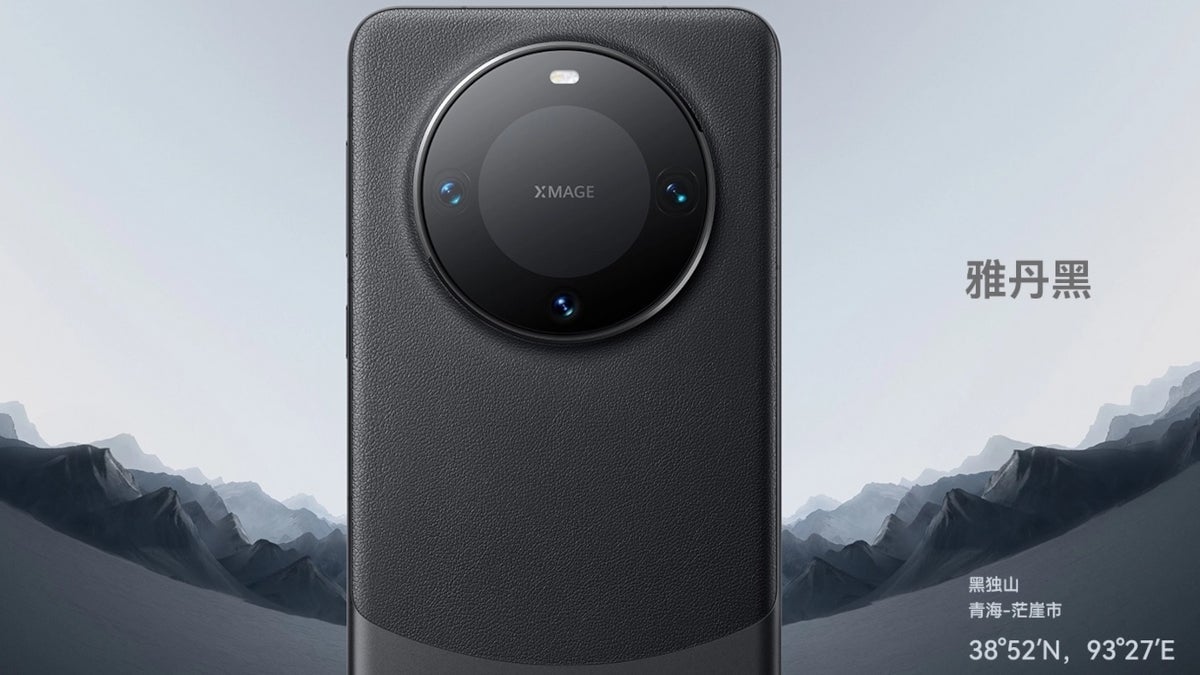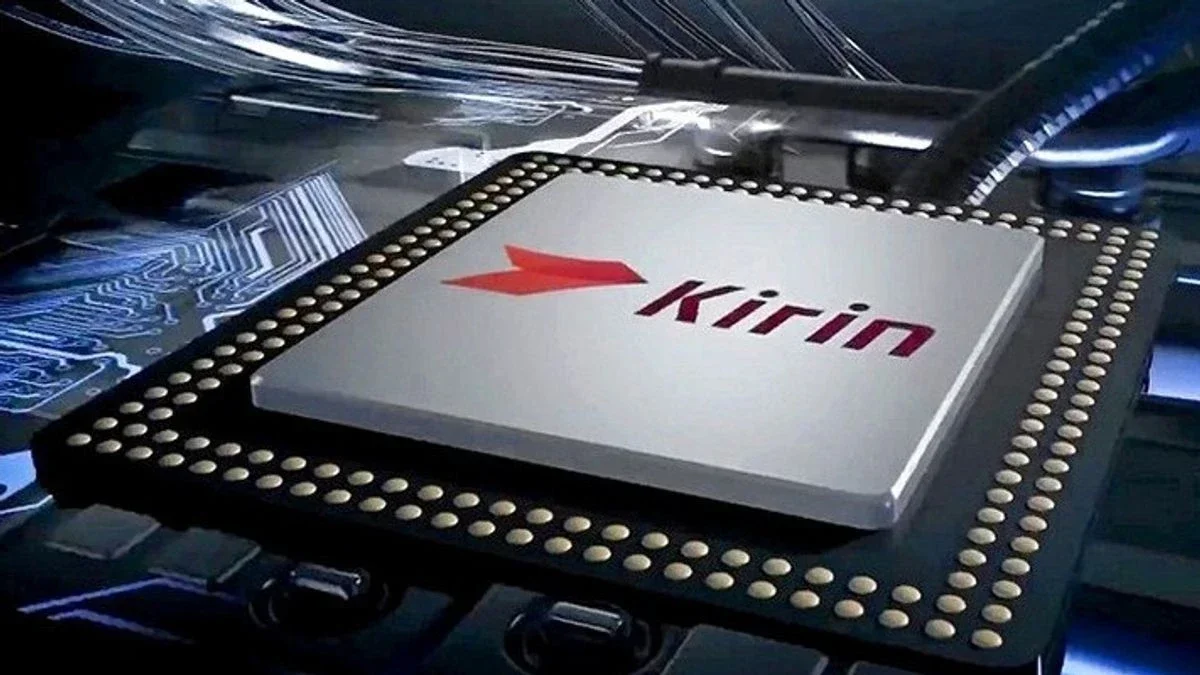
Exactly one year to the day after the U.S. made things difficult for Huawei by placing the company on the Entity List, the U.S. smacked Huawei again by announcing a change to U.S. export rules. The new rules prevented foundries using American technology from shipping cutting-edge chips to Huawei without a license. Considered a threat to national security, Huawei was prevented from working with its U.S. supply chain including Google, and from obtaining its own 5G Kirin chips designed by its HiSilicon unit.
Until last year, the last Huawei phone with a 5G application processor (AP) was the Mate 40 which was released in 2020 with the Kirin 9000 SoC inside. Once Huawei ran out of these chips, it had to obtain a license from the U.S. Commerce Department to buy Snapdragon chipsets from Qualcomm. These chips were modified not to work with 5G networks. As a result, in 2022 the P50, Mate 50, and P60 flagship models had to use these 4G-only Snapdragon APs.
But last August, Huawei stunned the world by introducing the Mate 60 Pro which was powered by the 7nm Kirin 9000s, the first 5G chip to power a Huawei phone since 2020. U.S. lawmakers were shocked and Bloomberg reports today that China's largest foundry, SMIC, built the Kirin 9000s chipset with technology obtained from two American firms, Applied Materials Inc. and Lam Research Corp.
Before U.S. lawmakers have a conniption, the report notes that SMIC had acquired the technology from Applied Materials Inc and Lam Research Corp. that was used to help create the Kirin 9000s before the aforementioned U.S. export rule changed in October 2022. Even though nothing improper took place, since the Kirin 9000s was unveiled along with the Mate 60 Pro, the U.S. has blocked SMIC from receiving even more U.S. imports.
Since Huawei launched the Mate 60 Pro, the company has benefited from a surge in nationalism as Huawei has become, once again, one of the top phone manufacturers in China.

The last time we saw a clamshell foldable phone from Huawei, it came in the form of the Huawei Pocket S that launched back in 2022. The company is gearing up to launch a new model, according to a teaser image shared on Weibo along with the caption for the Huawei Pocket 2.
According to Huawei, the handset will be announced tomorrow, the 22nd of February. The phone is being announced at the Fashion Festival so we should have more details soon. The details about the Huawei Pocket 2 are a bit sparse at the moment. Assuming it is picking up where the Pocket S left off, it could be another affordable foldable from the company.
We actually heard rumors last month that a new and more affordable Huawei foldable could debut this month. The dates do line up so maybe the Pocket 2 is the handset in question. Foldable phones right now are still generally pretty expensive. Companies like Motorola and Huawei are some of the few that are actually putting out relatively affordable foldables that could spur adoption.
It will be interesting to see what the Pocket 2 has to offer over its predecessor. Be sure to check back with us tomorrow for the details.

It's kind of surprising that the market is rife with foldable phones right now. It has become a mainstay despite initial impressions that it would be a gimmick. Now it looks like Huawei could be taking things further in the coming months with a new tri-fold smartphone.
This is according to a post on X by @Tech_Reve. They claim that Huawei could launch a tri-fold smartphone in the second quarter of 2024. Huawei is no stranger to foldables and we've actually heard rumors that they could be planning a tri-fold smartphone.
The details about the handset are scant at the moment. If a Q2 launch is true, we should have more updates soon. The rumors are claiming that it could be a 10-inch device, meaning that it will more closely resemble a tablet than today's foldables. The post also claims that Samsung is in the race for their own tri-fold smartphone, so it remains to be seen who will be able to launch it first.
Samsung possesses the advantage of not being burdened by US sanctions, but Huawei can still tap into huge markets in China and the rest of Asia. What's interesting is that the tri-fold design seems to have caught the interest of many. A few years ago, OnePlus filed a patent for such a smartphone.
The company ultimately went with the OnePlus Open, but who knows, maybe if the tri-fold design picks up, OnePlus could make it a reality as well.

The last time we saw a Huawei foldable phone was back in 2022. This came in the form of the Huawei Pocket S, the more affordable successor to the Huawei P50 Pocket. After taking a break for a year, Huawei could be back next month with a brand new foldable handset with a clamshell form factor.
It is unclear what name this new phone will adopt, but based on the Weibo report, it bears the "LEM" codename. It is also rumored to use Huawei's own 5G Kirin chipset, but we're not sure if it will be the same 5G chipset found in the Huawei Mate 60 Pro.
The report also claims that Huawei is planning to position this new foldable phone like its Nova series of mid-rangers. This suggests that it might actually be somewhat affordable. The Huawei Pocket S, while cheaper than its predecessor and competition, isn't exactly "cheap". If Huawei can bring the price down further with this model, it could be quite an attractive option.
Samsung is also exploring options for creating cheaper foldables, according to the rumors. One of the reasons is because of Chinese OEMs who already have more affordable alternatives, causing the company to lose market share in China. Unfortunately, due to the situation in the US, we doubt we'll be seeing this new Huawei foldable launch outside of China or Asia anytime soon, but it will be interesting to see what they come up with.

Huawei stunned the tech world back in August when it announced the Mate 60 series. The line was Huawei's first phones in three years to be powered by a 5G Kirin chipset designed by Huawei. The chip was built by China's largest foundry, SMIC, and was manufactured on the latter's 7nm process node. It was a shocking announcement considering that U.S. sanctions seemed to prevent Huawei from producing or obtaining application processors (AP) that support 5G.
The U.S. had given Huawei permission to power its previous flagships, like the P50 series (2022), Mate 50 line (2022), and the P60 line (2023), with Snapdragon chipsets that were modified not to support 5G signals. So when the Mate 60 series was unveiled with the 7nm Kirin 9000s 5G chipset, U.S. lawmakers and officials went berserk, and Chinese consumers were overcome with waves of nationalistic pride.
The next flagship series due from Huawei is the P70 line. The "P"-series is known for its focus on photography (pun NOT intended). According to Weibo leaker Smart Pikachu (via HuaweiCentral), the series will be powered by a new chip called the Kirin 9010 designed by Huawei's HiSilicon semiconductor unit. The chip has not been officially announced and those with long memories might recall that three years ago, Twitter tipster @RODENT950 said that despite the U.S. export ban preventing Huawei from receiving cutting-edge chips, the company was going to obtain 3nm Kirin 9010 SoCs designed by Huawei's HiSilicon unit.

We know that this rumored 3nm chip was never built; the first 3nm chip for smartphones was the A17 Pro AP made by TSMC that runs the iPhone 15 Pro and iPhone 15 Pro Max. Since Huawei cannot deal with any foundry able to ship 3nm chipsets, it is unlikely that if the Kirin 9010 SoC powers the P70 line, it will be made using the 3nm node. China's SMIC foundry cannot produce chips with a node under 7nm at this stage.
The Kirin 9010 name received a trademark in 2021 and it is possible that Huawei is simply just now able to use the name for new 7nm chips made by SMIC. China's top foundry will surely work on ways to build 3nm chips, but until it can come up with a way to get around the ban on shipping extreme ultraviolet lithography machines to China, we won't see Huawei get its hands on 5nm or 3nm silicon unless its from an old stockpile from before the U.S. sanctions were announced.
For example, there are reports that Huawei's new laptop is equipped with the 5nm Kirin 9006C chips. But these were made by TSMC prior to the announcement of the U.S. chip sanctions against Huawei and were found in the manufacturer's stockpile of unused chipsets.
As for Huawei's upcoming flagship series, the P70 ART is rumored to sport an ultra-wide camera backed by a one-inch type sensor and carry a lens made up of one glass element and six plastic. The company is also rumored to debut its own image sensors with the P70 series which is expected to be unveiled in March.
© 2023 YouMobile Inc. All rights reserved





